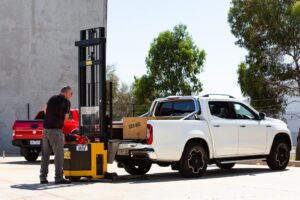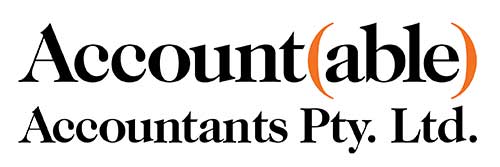CAR DEPRECIATION LIMITS & 1 TONNE UTES

What is the maximum car depreciation/write off limit, and how can 1 tonne utes be exempt from this limit
What is the maximum car depreciation limit that ATO refers to?
The car depreciation (or write off) limit effective from July 2021 is $60,733 and from July 2022 is $64,741. Which this is after GST has been taken off and claimed as a GST refund on the BAS.
The maximum GST claim is 1/11 of this, so from July 2022 is $5,885. So together with the GST and maximum car limit, the total is $70,626.
So any amount over this, is usually not tax deductible. So if you buy a car for say $100,000, then there is an extra $30k you are paying for, that you don’t get any tax benefit for.
But where the ATO isn’t consistent with their approach on this limit, is that when the private use of a car is calculated for FBT purposes (for companies and trusts), they assess the depreciation on the total cost of the car (so they restrict the depreciation claim to $64k but then say the private use of a car is say 50%, and the car costs $100k, then they assess the private use on the full $100k (which is a bit unfair).
These car maximum allowance for depreciation applies to passenger vehicles designed to carry a load less than one tonne and fewer than nine passengers.
Which vehicles are exempt from the Car Limit?
The “one tonne” carrying limit is where the above depreciation limit can be ignored.
The one tonne limit relates to the maximum load your vehicle can carry, also known as the payload capacity.
The payload capacity is the Gross Vehicle Mass (GVM) reduced by the basic kerb weight of the vehicle. The GVM is always noted on the compliance plate by the manufacturer (sometimes found on engine bay, door pillar or footwell). The basic kerb weight is the weight of the vehicle with a full tank of fuel, oil and coolant together with spare wheel, tools (including jack) and installed options (but NOT including passengers, goods or accessories added after original specifications).
So if you have over a 1 tonne ute carrying capacity, you can claim the full purchase of the ute.
Private Use adjustment?
The private use of a car also needs to be considered, which a 12 week car logbook is required to be completed for a normal period of work and personal use – which then determines the % of the car costs to be claimed for work compared to private use.
This adjustment is not done when you purchase the car (when in a company or trust), but each year you own and claim the car. So the whole ute (when over 1 tonne per above) or other work cars under the $64,711 limit, can be claimed initially with the asset write off allowed at the moment, however then there will be yearly private use adjustments (so put in like it’s a negative expense, or like its income to the business). If you are a sole trader, then the initial write off amount is claimed at the % of work use of the purchase price.
Which the yearly private use adjustment, takes into consideration at costs of the car being 25% depreciation rate on the full cost of the car, interest costs on if there was finance on the car, and running costs over the year like registration, insurance, fuel, maintenance, etc.
Written by Patrick Hoey
